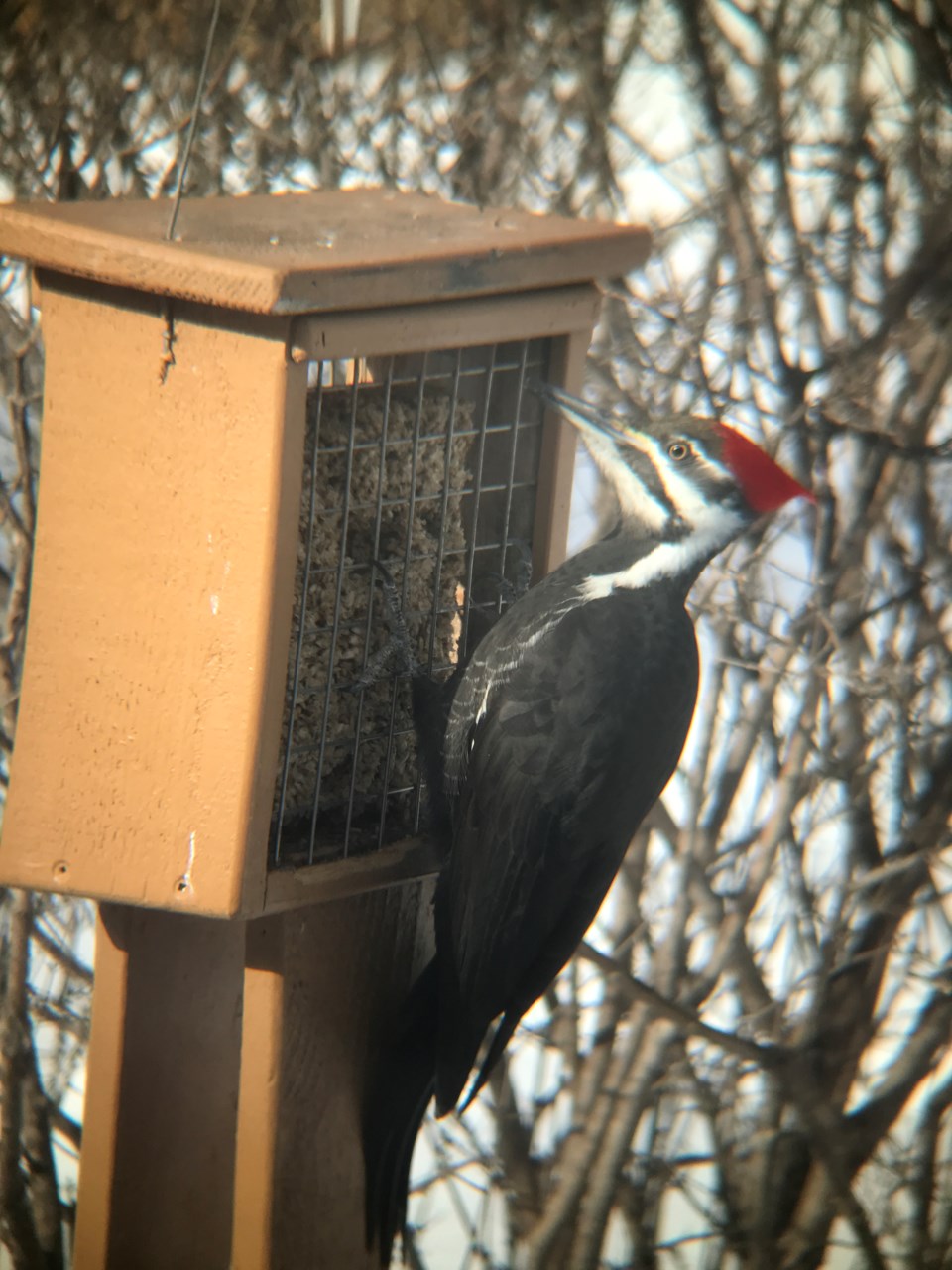Editors Note: A previous version of the story listed incorrect contact information for Ursula Brant.
ATHABASCA – Late December is typically reserved for the holidays — it’s a time to gather around a fire, see your family, or decorate one's house with a variety of cheerful creations. For some dedicated bird lovers, it’s also the time to trek through chilly weather in search of specimens for the annual Christmas bird count.
Christmas bird counts (CBC), a tradition that spans the continent, are managed by Birds Canada, and recognized as North America’s longest-running citizen science project, according to the Birds Canada website.
“CBCs are organized counts of the numbers and diversity of birds in an area in late December and early January,” said Danna Schock, who compiles the community-gathered data at the end of each count. “Data we collect is used by researchers and other interested groups who study changes in the abundance and diversity of birds over time.”
This year’s CBC will take place on Dec. 17, and participants are encouraged to spend as much — or as little — time ‘birding’ that day as they please.
“We allocate people who want to take part into routes, and they go around to different places in and around town,” said Ursula Brant, who handles the planning for the Athabasca section. “We cover seven-and-a-half miles (12.07 kilometres) north, south, east, and west of town.”
In order to make sure the count is accurate, participants are given strict instructions on what they can and can’t count, and each bird can only be counted once — routes and designated bird-feeder locations were added last year to help prevent double counting.
“The data gets compared to last year, or the last five years, and it can be used to see the decrease in some species,” said Brant. “Whatever species we don’t see, it goes into a report and (Birds Canada) will try and see what is happening in these areas.”
Last year’s count featured 39 participants, who spent a total of 35 hours counting and observing birds. The birders observed 25 species, including a bald eagle, blue jays, and a great horned owl. In total, 1148 individual birds were counted.
“Our raptor population has declined for a few years now, so we’re looking hard and hoping to see them,” said Brant. “If we see a raptor three days before or three days after, there’s a special form we can fill out to include them in our count.”
Brant and Schock both encouraged newcomers to come out for the day if they were interested, with Brant adding that they were able to pair inexperienced birders with more experienced counterparts.
To register for a route, or to do a feeder count at home, contact Brant at 780-689-7443, or via email email at [email protected].
“It’s open to anybody, any age group, any level of knowledge,” said Brant. A bird identification webinar will also be offered if there is enough interest.



